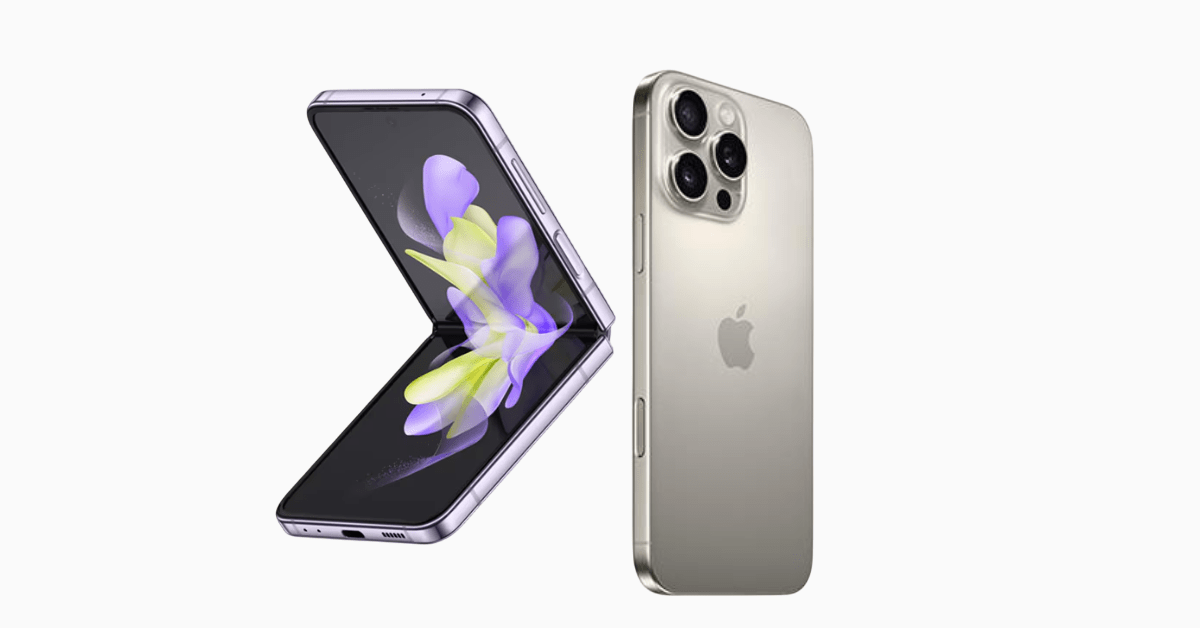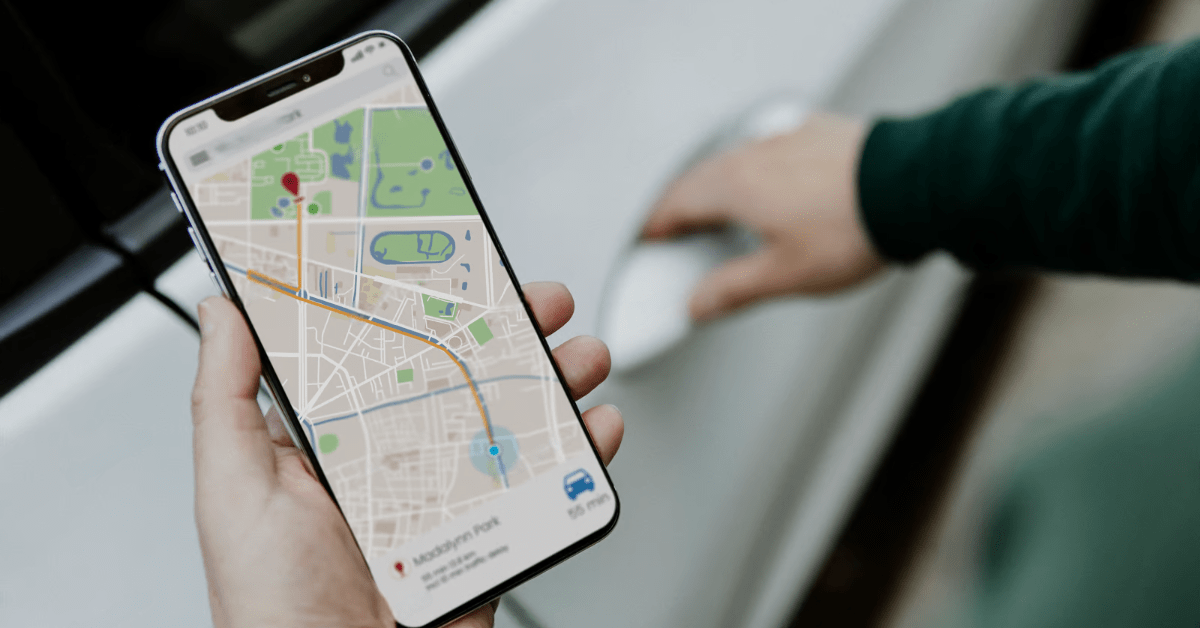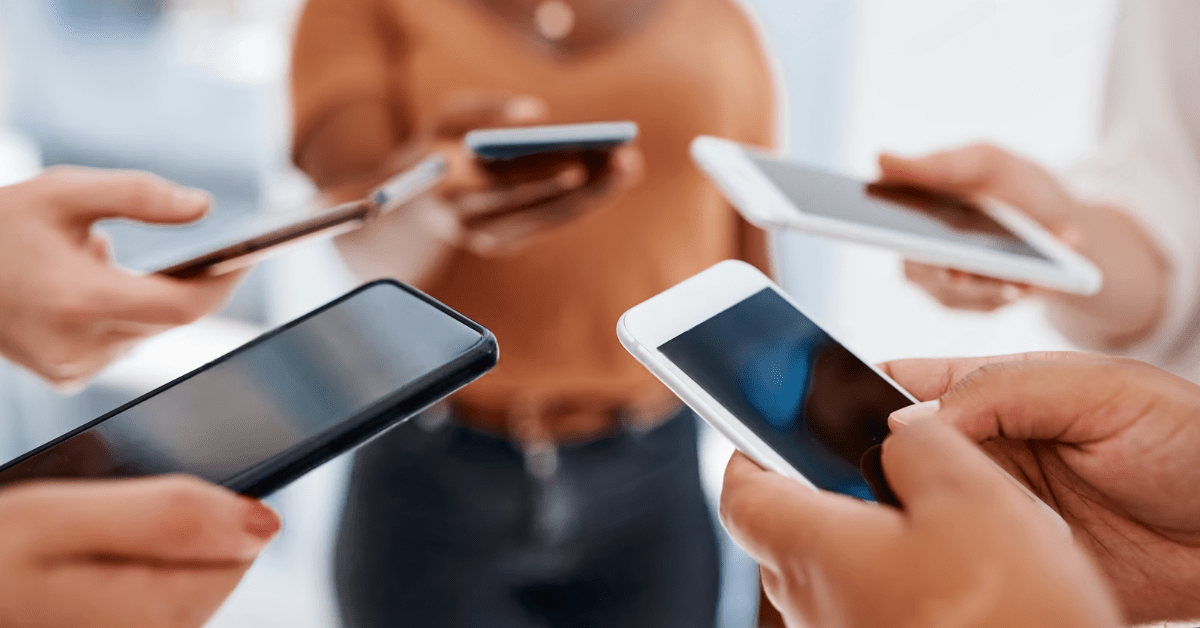
Apple is undeniably one of the most popular mobile manufacturers in the world – and since the iPhone’s debut in 2007, the series has grown and developed exponentially. Year on year, Apple release newer and newer models – and we’re always eager to get our hands on the most up to date handset, filled with the latest tech.
But as phones become more advanced, upgrades become increasingly pricey, and you may be asking – do I really need the latest iPhone?
We’ve put together a guide to the most recent iPhones – the 7, 7 Plus, 8, 8 Plus, X, XR, XS and XS Max – for those who are figuring out if they really need to upgrade. Read on to find out more about the core features and improvements of the most recent iPhone devices.
Cameras
Camera quality is a very common reason for trading in your current device for a newer, flashier model.
Rear cameras are very uniform across the board – the iPhone 7 and 8 feature 12MP, f/1.8 lenses, whilst the 7 Plus and 8 Plus have dual 12MP f/1.8 and f2.8 lenses. The X, XS and XS Max all have dual 12MP, f/1.8 and f/2.4 lenses and the XR offers a single 12MP, f/1.8 lens. In terms of performance, the X series and Plus models are on par, and the 7 and 8 aren’t far behind.
There hasn’t been a shocking or distinguished improvement in camera quality in the rear cameras in recent times, with all phones capturing decent, clear and refined shots.
However, there has been a significant change in front cameras – but not from a performance point of view. Every single phone we are comparing features a 7MP, f/2.2 lens – meaning there was absolutely no change in camera specification. However, Apple did introduce depth-sensing technology to the X, XR, XS and XS Max models. This invited exciting new additions, such as Face ID, and AR interactive emojis, Animoji and Memoji, which transform you into an animal or cartoon character.
Design
If looks are something that’s important to you, there’s a clear difference in design after the iPhone 8. Of course, the 7, 7 Plus, 8 and 8 Plus all still feature the iconic haptic home button – a feature missed by many Apple fans. But they do still sport the larger bezels, which in current times seem to be shrinking – many retailers now aim for the front of the device to be displayed with as little interruption as possible.
This can be seen in the iPhone X and newer models, which have swapped their bezels and home button for a notch-style display – which is a divisive design choice in itself. It’s the iPhone XS Max which features the highest screen-to-body ratio at 84.4%, closely followed by the X and XS which both have an 82.9% screen-to-body ratio. The lowest screen-to-body ratio in the newer models (post 8 Plus) can be found on the XR, which has a 79% screen-to-body ratio.
When looking at build, most of these current iPhones have a glass front and back, supported with metal frames for durability – aluminium for the iPhone XR, 8 and 8 Plus, and stainless steel for the X, XS and XS Max. However, the 7 and 7 Plus still feature the light, brushed aluminium unibodies seen on its predecessors.
Display
Display size has slowly increased throughout the generations of iPhone. Both the iPhone 7 and 8 sported 4.7inch screens, with their Plus models both measuring 5.5 inches. The X and XS devices both have 5.8-inch displays, but the XS Max has a 6.5-inch display, where the XR is slightly smaller, at 6.1 inches.
While, of course, a large screen is an attractive attribute for streamers and gamers, it’s important to bear in mind the quality of these displays – larger doesn’t necessarily mean better. Consider whether size or quality is really the most important aspect of your display before upgrading to the latest iPhones.
For example, the iPhone XR's 6.1-inch display has an 828p screen resolution that, in terms of quality and clarity, isn’t miles ahead of the 750p 4.7-inch iPhone 7 display – unlike the 1080p 5.5-inch iPhone 7 Plus display, capable of providing a clearer, sharper image than the new, larger iPhones in the series.
It’s also worth considering where you want your screen to excel. The 7, 7 Plus, 8, 8 Plus and XR all feature In-Plane Switching Liquid Crystal Displays (IPS LCDs) screens, where the XS, XS Max and X feature organic light-emitting diode (OLED). There are pros and cons to each type of screen, but in a nutshell, ISP LCD screens are capable of providing a sharper, clearer image, whilst OLED screens focus more on colour production and contrast.
Battery and processors
According to Apple, the iPhone 7 and 8 batteries last around the same time, providing up to 14 hours of wireless talk time or 12 hours of internet use – objectively, enough to get through the average day with power to spare. This is improved in the Plus models, which again last around the same time as each other, but provide a further 2 hours of charge.
While Apple is famously secretive about its battery capacities, Apple stated the iPhone X lasts up to 2 hours longer than the 7 – and the XS lasts half an hour more than that. The XR apparently lasts 1.5 hours longer than the iPhone 8 Plus, and the XS Max supposedly lasts an hour and a half longer than the iPhone X.
In terms of processing, the iPhone 7 and 7 Plus run on the A10 Fusion chipsets, the 8, 8 Plus and X feature the A11 Bionic chipsets, and the XR, XS and XS Max devices use the latest A12 Bionic chipsets.
The A11 and A12 processors did deliver a noticeable speed increase, with Apple promising a 30% increase in speed when opening apps. If you’re looking for your apps to open more quickly, this is something to consider – but the A10 chipsets weren’t slow to begin with, and the 7 and 7 Plus devices can still run current apps without problem.
While there’s a decent improvement in battery life and chipsets in newer devices, the older 7 and 8 provided more than enough battery to get through the day whilst running up to date apps. Each device since the 7 still runs the latest version of iOS, and are still receiving the latest upgrades, meaning you’re not missing out on security patches or bug fixes.
Overall, if you’re considering an upgrade from the 7 or 8 for an increased battery life or a faster experience, it’s probably not worth the price increase at this moment in time – speed increases are marginal since the iPhone 7/7 Plus and battery life has only been extended a couple of hours.
Features
The iPhone series are known for their range of simple and useful features – but does this differ from device to device?
If you’re someone with a clumsy tendency, water resistance may be a selling point for you. You’ll be happy to know, the 7 until the XR are all water resistant, and can survive in up to 1m of water for 30 minutes, according to their IP67 rating. However, the XS and XS Max are rated IP68, meaning they can survive the same time but at 2m – which contributed to the price of the handset.
In terms of biometrics, the iPhone series is very one-or-the-other. The 7 up to the 8 Plus had fingerprint scanners located on their home buttons – but when this was removed with the X, so was the scanner – a controversial move from the manufacturer.
From the X onwards, the iPhones no longer feature a fingerprint scanner, but exclusively use Face ID – Apple’s answer to facial recognition. If you have a biometric preference, it’s important to consider this when upgrading.
If you’re a fan of the Apple's 3D Touch feature, which lets you hard-press an app to get useful shortcuts, the XR onwards may not be for you – as Apple decided to remove this feature in its latest models.
Charging features also vary across the board – if you’re someone who’s constantly on the go, each device from the 8 and afterwards features fast and wireless charging, so if this something you’re interested in it’s worth considering. But don’t forget, the 7 and 7 Plus are more than capable of providing a full day of use.
Is it worth upgrading?
While a few significant design changes have occurred, screens have gotten bigger and response times are slightly faster – some features have been taken away or haven’t seen a significant improvement since the 7 or 8 – and with the XS Max retailing from £1,099 and the XS from £999 for the lowest specs and storage available, the current Apple upgrade is a big-ticket purchase.
Hopefully, this guide has given some insight into whether or not you still want to upgrade – and if you do, we strongly consider recycling your current device. Mobile devices aren’t actually disposable due to the nature of their components. Thrown away devices contribute to environmental damage – here at Envirofone, we’ll pay a reasonable price for your device, no matter how old, used or damaged it may be.
As well as selling your phone, why not pick up a refurbished iPhone for your upgrade? Recycling phones also aids the environmental impact of upgrading – whilst saving you money. All of our devices pass through rigorous checks and are in perfect working condition, and you can choose the cosmetic level of device you want to purchase.
Related blog: Apple Flip: What We Know So Far
Conclusion:
And we have plenty more options over on our website. Check out our range of refurbished iPhones today!
More articles

Flip Phone Vs Standard Phone
by Charlotte Bolton | updated Apr 22, 2025
Folding and flip smartphones have gained massive attention over the last few years.... READ MORE >

Find My iPhone Alternatives
by Charlotte Bolton | updated Apr 01, 2025
With the weather getting warmer and the nights getting lighter… summer is just around the corner! ... READ MORE >

Choosing Between iPhone Mini, Standard, Plus and Pro
by Charlotte Bolton | updated Mar 12, 2025
Over the years, Apple has created a lot of products, their Smartwatches, MacBooks, Apple TVs, iPads and of course the classic iPhone range. ... READ MORE >

